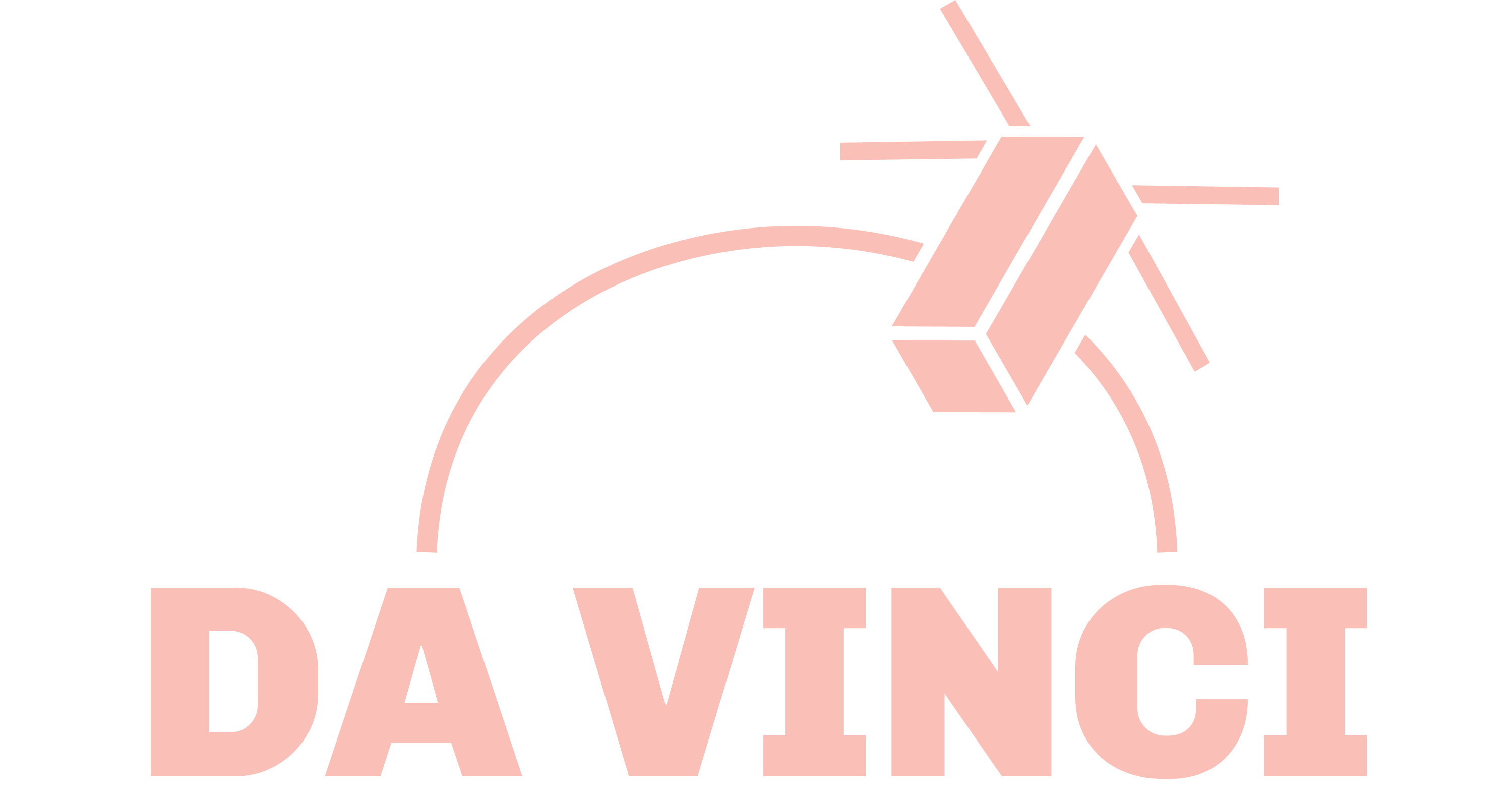Payload
The payload of the satellite is of course a critical part of our satellite design. As a matter of fact, the payload is the entire reason the satellite is launched into orbit. Our satellite caries two payloads, one of the payloads is focused on primary school students and the other payload is focused on secondary school students.
Our first payload can most accurately be described as our “dice payload”, this is because it quite literally involves dice. The idea from this payload stems from a national competition we held amongst primary school students, asking them what they would be most interested about in space, and what they wanted to know about it. The answer most common was that they wanted to have the ability to, with a direct connection, “play a game” in space. Thus, in order to realise this, and allow these kids to interact with space travel in a fun, engaging way, our dice payload was designed.
The dice payload can most simply be described as a camera with a physical mechanism in front of it, that makes it possible to “throw” the dice. In reality, of course, it is a sweeping and clamping mechanism that simulates a dice throw. However, as a result, it does have the ability to portray the dice “floating” in microgravity, with Earth in the background. So, that allows for children to directly engage with space by observing Earth from it, as well as getting a first hand observation of micro gravity.
When it pertains to the secondary payload, we will be constructing an interactive memory module that shows high-school students in which ways radiation can affect spacecraft hardware. This will serve as an example of the harsh environment encountered in orbit, beyound the better-known challenges of operating in microgravity and in a vacuum. Students will be able to interact with the memory stored in this part of the payload, to see what happens, and why radiation protection is necessary.
